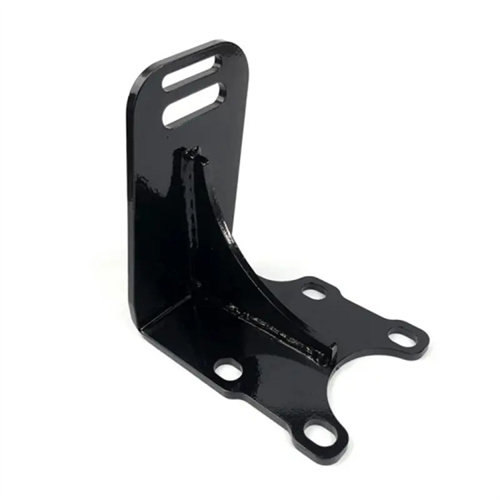Welded steel pipe
Welded steel pipe refers to steel produced by joining steel plates or strips into a tubular shape through welding. Depending on the welding method and forming process, it can be divided into two categories: straight-seam welded steel pipe and spiral-seam welded steel pipe. It is widely used in water and gas transmission, building structures, machinery manufacturing, petrochemicals, and other fields. Its diameter range is extremely wide, ranging from small-diameter pipes with a nominal diameter of 15 mm to large-diameter pipes exceeding 3,000 mm, with wall thicknesses of 2-20 mm. Materials commonly used include carbon structural steel (Q235, Q355), low-alloy high-strength steel (Q420, Q690), and stainless steel (304, 316). The appropriate steel grade can be selected based on the operating environment and pressure level.
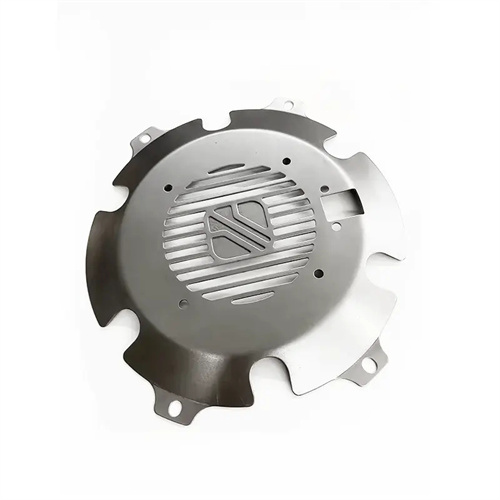
In terms of production technology, the manufacture of welded steel pipes requires key steps, including raw material pretreatment, forming, welding, and post-weld treatment. For straight-seam welded steel pipes, the steel plate or strip is first flattened and trimmed to remove surface scale and oil. The steel plate is then rolled into round or shaped tube billets using a multi-roll forming machine, ensuring edge alignment and a misalignment of ≤0.1 times the wall thickness. The welding process is selected based on the pipe diameter and material. Small-diameter pipes are typically welded using high-frequency resistance welding (HFRI). This process uses resistance heat generated by a high-frequency current to melt the joint, and then welded using extrusion rollers at speeds of up to 10-30 m/min. Large-diameter pipes are welded using submerged arc welding (SAW), either single-sided or double-sided. The flux protects the weld pool, and the welding current is 300-1000A, ensuring weld penetration and strength. Spiral-seam welded steel pipes are continuously formed into a spiral shape, with welding occurring simultaneously. The forming angle is typically 30°-70°. Submerged arc welding is used, making it suitable for producing large-diameter, thick-walled pipes, and lengths can be customized. Post-weld treatment includes weld grinding, heat treatment and non-destructive testing. The weld excess height is removed to make it flush with the pipe body. High-strength steel pipes are subjected to stress relief annealing (600-650℃). Ultrasonic and radiographic testing are used to ensure weld quality. Finally, a hydrostatic test is performed (test pressure ≥ 1.5 times the working pressure).
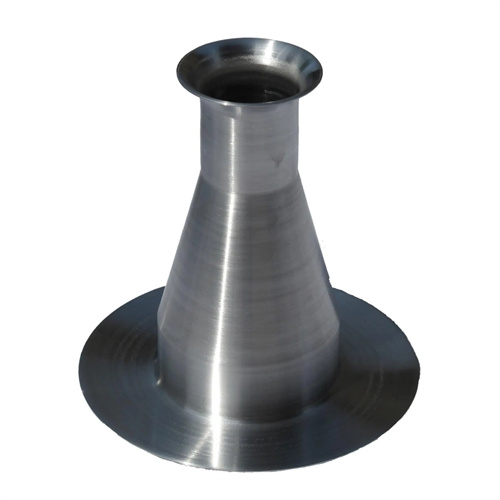
The performance advantages of welded steel pipes make them highly competitive in numerous sectors. First, high production efficiency, particularly in continuous production lines for straight seam welded pipes, allows a single line to produce hundreds of tons per day, far exceeding seamless pipe production, enabling rapid fulfillment of large-scale project demands. Second, flexibility in specifications allows for the production of pipes of varying diameters and wall thicknesses to meet specific orders. This is particularly true for large-diameter pipes (≥1000 mm), which are difficult to produce with seamless pipes but easily achievable with welded pipes. Third, significant cost advantages are evident: compared to seamless pipes of the same specification, welded pipes offer production costs 20%-40% lower, while raw material utilization rates exceed 90%. Fourth, reliable weld quality is achieved through the use of automated welding and online testing technologies, achieving weld tensile strength ≥90% of the parent material strength and impact energy ≥27J (at -20°C), making them suitable for medium- and high-pressure applications. Fifth, a wide range of surface treatments, including galvanizing, painting, and anti-corrosion coatings (such as 3PE), are available upon request, significantly enhancing corrosion resistance and enabling a service life exceeding 20 years in environments such as soil and seawater.
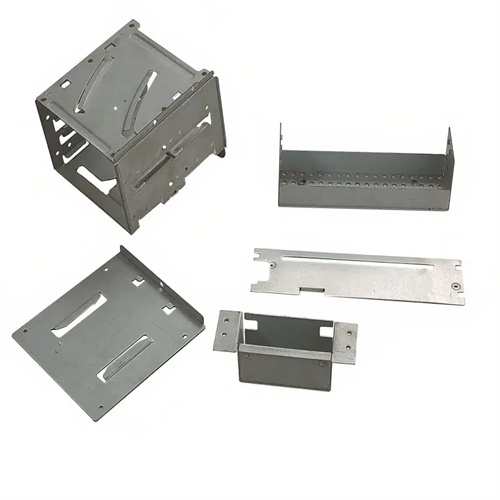
Welded steel pipes are a crucial material for infrastructure construction and industrial production. In the fluid transportation sector, urban water supply and gas pipelines widely use Q235 straight seam welded steel pipes with diameters ranging from 100 to 1000 mm, which undergo internal and external corrosion protection to accommodate different media. Long-distance oil and gas pipelines primarily utilize spiral seam welded steel pipes with diameters ranging from 500 to 1200 mm, made from high-strength pipeline steels such as X70 and X80, capable of withstanding high-pressure transmission (≥10 MPa). In the building structure sector, columns and beams in factory buildings and bridges utilize square and rectangular straight seam welded steel pipes, leveraging their cross-sectional stability and low cost. In machinery manufacturing, equipment supports, rollers, and protective covers utilize welded steel pipes, joined by welding or flanges. In agriculture, irrigation system water pipes utilize galvanized welded steel pipes with diameters ranging from 50 to 200 mm to resist soil corrosion. In marine engineering, offshore platform jackets and submarine pipelines utilize thick-walled welded steel pipes, treated with corrosion protection to withstand seawater environments.
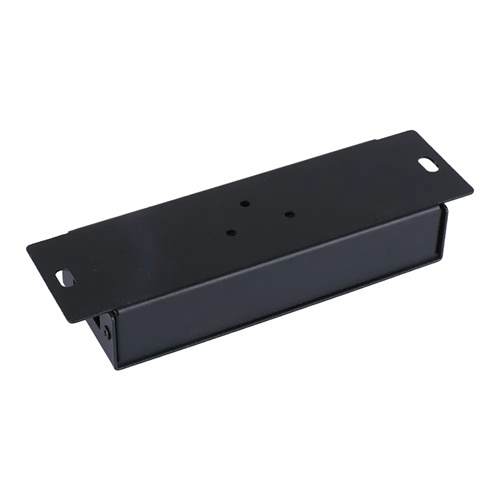
Industry trends indicate that welded steel pipes are moving toward higher steel grades, larger diameters, intelligent manufacturing, and green manufacturing. The use of high-grade welded steel pipes (such as X90 and X100 pipeline steel) increases pressure-bearing capacity by over 20% at the same wall thickness, making them suitable for ultra-high-pressure natural gas transmission. Breakthroughs in production technology for large-diameter, thick-walled welded steel pipes have enabled the stable production of pipes with diameters exceeding 3,000 mm and wall thicknesses exceeding 50 mm, suitable for large-scale water conservancy projects and urban underground pipeline corridors. The promotion of intelligent welding technology, employing laser tracking and adaptive welding current control, has increased weld qualification rates to over 99.5%, boosting production efficiency by 30%. The application of green manufacturing processes, such as electric arc furnaces with shortened production processes and the utilization of scrap steel and clean energy, has reduced carbon emissions by over 30%. The application of new anti-corrosion technologies, such as graphene coatings, has extended the service life of welded steel pipes in harsh environments to over 30 years. In the future, with the advancement of energy transportation, infrastructure construction and industrialization, the demand for welded steel pipes will continue to grow, driving the industry to make greater progress in material research and development, process innovation and quality improvement.
